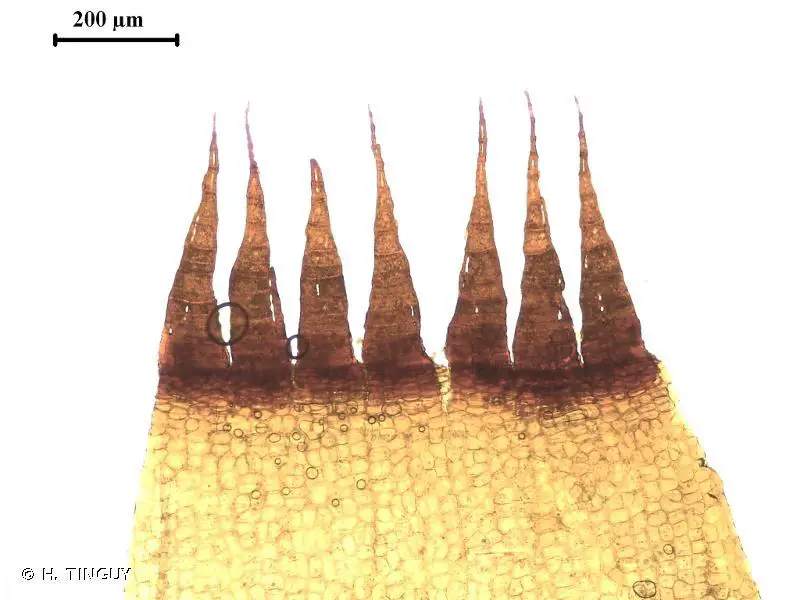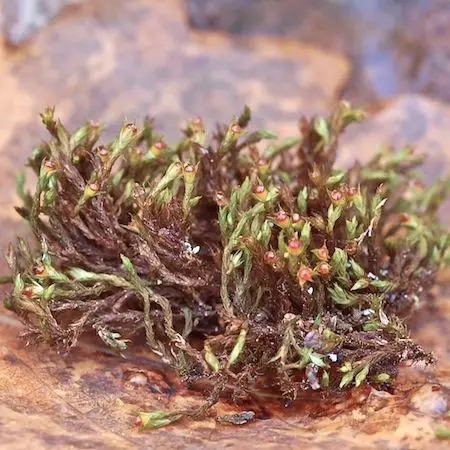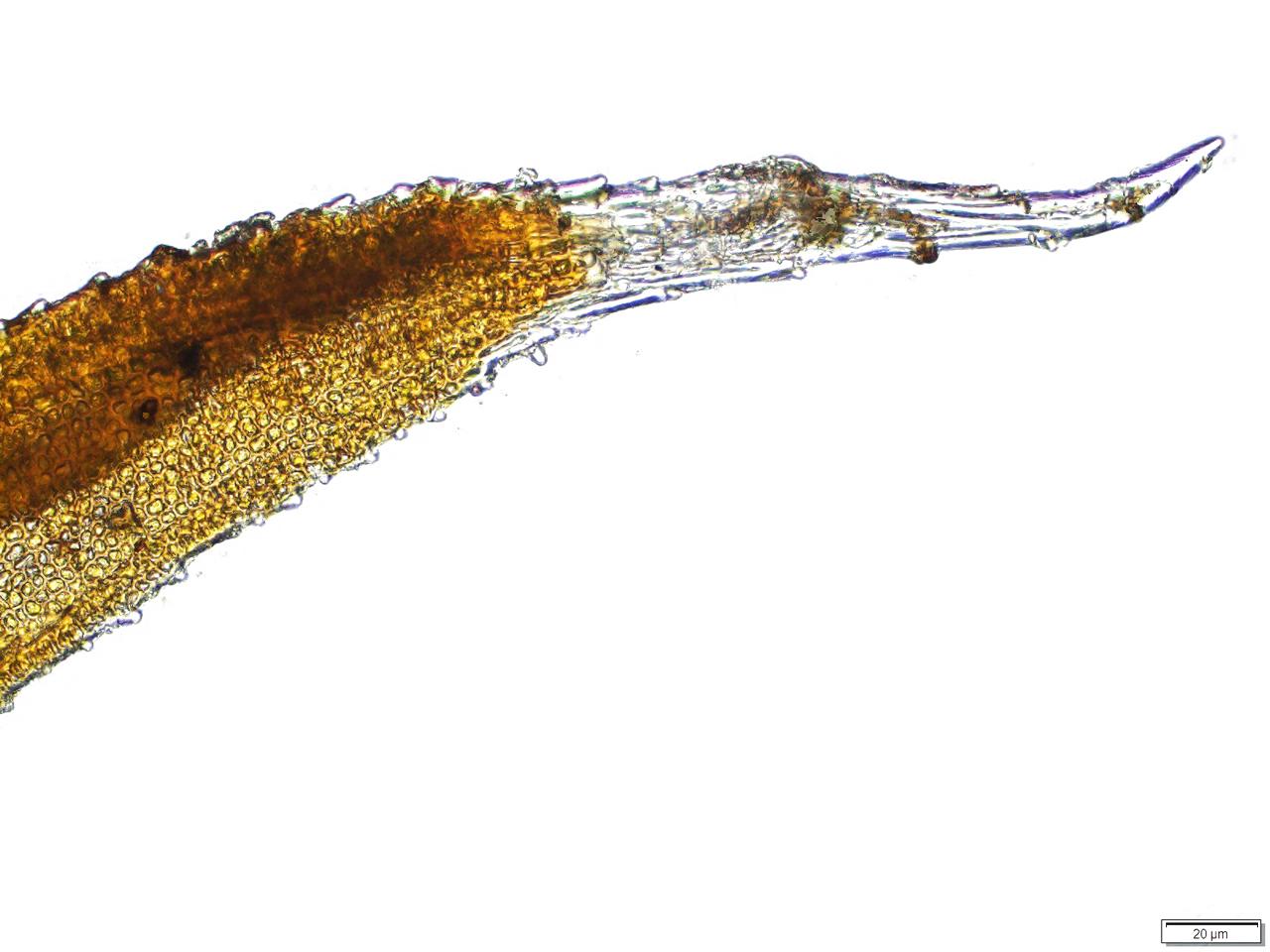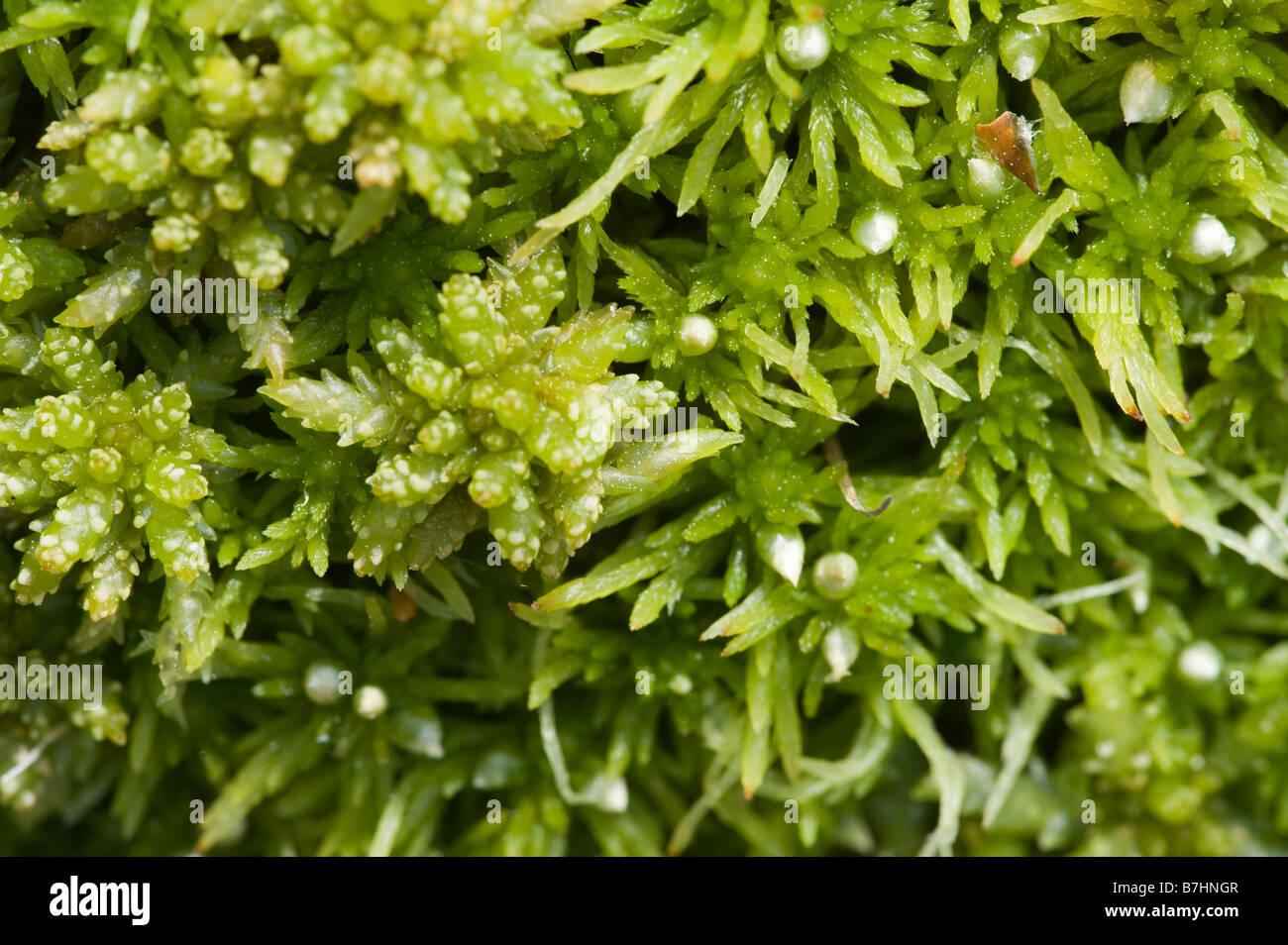
224307.jpg from: https://inpn.mnhn.fr/espece/cd_nom/434052
Introduction
In the vast and captivating world of bryophytes, the Schistidium papillosum Culm. moss stands out as a remarkable member of the Grimmiaceae family. This unassuming yet resilient plant has captured the hearts of moss enthusiasts worldwide, offering a fascinating glimpse into the intricate tapestry of nature’s wonders.
Background
Before delving into the intricacies of this remarkable moss, let’s set the stage with a brief background. Bryophytes, often referred to as the “ancient lineage of land plants,” are a diverse group that includes mosses, liverworts, and hornworts. These diminutive yet mighty organisms have played a crucial role in the evolution of terrestrial ecosystems, paving the way for more complex plant life to thrive.

schistidium_papillosum1.jpg from: https://www.luopioistenkasvisto.fi/Sivut/sammalet/nystypaasisammal.html
Main Content
Morphology and Identification
The Schistidium papillosum Culm. moss, commonly known as Schistidium, is a true marvel of nature’s engineering. Its delicate fronds form dense cushions or mats, adorning rocks, tree bark, and other substrates with a vibrant green hue. Upon closer inspection, one can appreciate the intricate details that make this moss truly unique.
The leaves of Schistidium papillosum are

120px-Schistidium_papillosum_(a%2C_125002-470726)_6088.JPG from: https://commons.wikimedia.org/wiki/Schistidium_papillosum
lanceolate in shape, tapering to a fine point, and often papillose (covered with tiny protuberances or papillae). These papillae are not mere decorations; they serve a vital function, enhancing the moss’s ability to absorb and retain moisture, a crucial adaptation for survival in its often arid habitats.
Global Distribution and Habitat
Schistidium papillosum is a cosmopolitan species, meaning it can be found across various regions of the globe. From the rugged cliffs of Europe and North America to the sun-drenched rocks of the Mediterranean, this resilient moss has carved out a niche for itself, thriving in a wide range of environments.
While Schistidium may appear delicate, it is a true survivor, capable of withstanding extreme conditions. It is often found growing on exposed rocks, boulders, and even concrete structures, where it forms vibrant green carpets that add a touch of life to otherwise barren landscapes.
Ecological Roles and Adaptations
Despite its diminutive size, Schistidium papillosum plays a vital role in its ecosystem. These mosses act as pioneers, colonizing bare surfaces and paving the way for other plant life to establish itself. They help stabilize soil, prevent erosion, and provide a microhabitat for a myriad of tiny creatures, such as tardigrades, mites, and springtails.

sch_papillosum2.jpg from: https://wnmu.edu/academic/nspages/gilaflora/schistidium_papillosum.html
Moreover, Schistidium is a true master of adaptation. Its ability to withstand desiccation and rapidly rehydrate when moisture becomes available is nothing short of remarkable. This trait, known as poikilohydry, allows the moss to enter a state of dormancy during dry periods, only to spring back to life when conditions improve.
Case Studies/Examples
One fascinating example of Schistidium papillosum’s resilience can be found in the Arctic regions. Here, this moss thrives on exposed rocks, withstanding the harsh conditions of extreme cold, wind, and limited moisture. Its ability to survive in such inhospitable environments has made it a subject of study for researchers investigating the adaptations of plants to extreme environments.

25874_2458_4.jpg from: https://artfakta.se/naturvard/taxon/schistidium-papillosum-2458

sphagnum-moss-sphagnum-papillosum-B7HNGR.jpg from: https://www.alamy.com/stock-photo-sphagnum-moss-sphagnum-papillosum-21903079.html
| Property | Value |
|---|---|
| Scientific Name | Schistidium papillosum Culm. |
| Family | Grimmiaceae |
| Common Name | Schistidium |
| Growth Form | Cushion or mat-forming |
| Leaf Shape | Lanceolate, tapering to a fine point |
| Leaf Surface | Papillose (covered with tiny protuberances) |
| Distribution | Cosmopolitan (found across various regions) |
| Habitat | Exposed rocks, boulders, concrete structures |
| Ecological Role | Pioneer species, soil stabilization, microhabitat provision |
| Adaptations | Poikilohydry (ability to withstand desiccation and rapidly rehydrate) |
Conclusion
The Schistidium papillosum Culm. moss, a member of the Grimmiaceae family, is a true testament to the resilience and adaptability of nature’s smallest wonders. From its intricate morphology to its global distribution and ecological significance, this unassuming plant has captured the hearts and minds of moss enthusiasts worldwide.
As we bid farewell to this captivating moss, a thought-provoking question lingers: In a world where biodiversity is under constant threat, what lessons can we learn from the remarkable adaptations and perseverance of species like Schistidium papillosum?